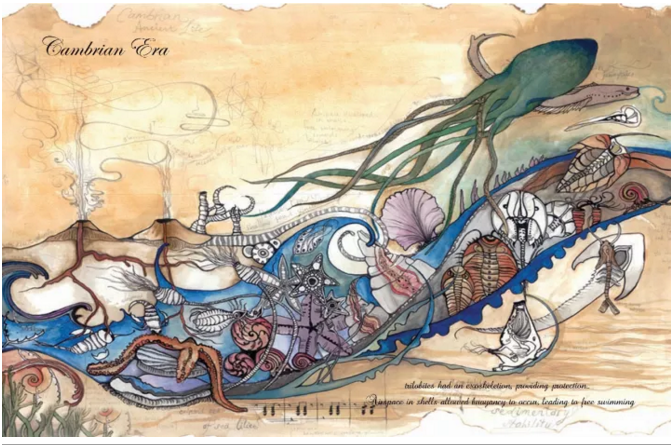Gould's book was published in 1989 to general critical acclaim and was a great commercial success. What wasn't generally known was that many scientists didn't agree with Gould's conclusions at all, and that it was all soon to get very ugly. In the context of the Cambrian, "explosion" would soon have more to do with modern tempers than ancient physiological facts.

In 1946 Sprigg was a young assistant government geologist for the state of South Australia when he was sent to make a survey of abandoned mines in the Ediacaran Hills of the Flinders Range, an expanse of baking outback some three hundred miles north of Adelaide. The idea was to see if there were any old mines that might be profitably reworked using newer technologies, so he wasn't studying surface rocks at all, still less fossils. But one day while eating his lunch, Sprigg idly overturned a hunk of sandstone and was surprised—to put it mildly—to see that the rock's surface was covered in delicate fossils, rather like the impressions leaves make in mud. These rocks predated the Cambrian explosion. He was looking at the dawn of visible life.












